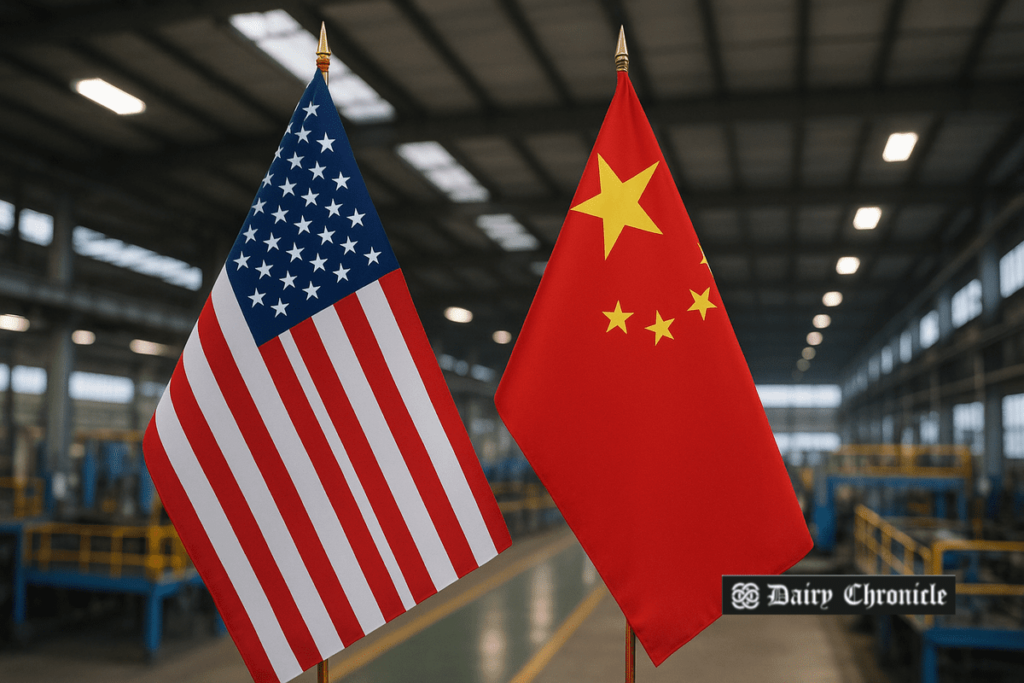The United States and China have reached a tentative agreement to reduce tariffs for 90 days, marking a potential turning point in ongoing trade tensions. The deal, announced after intensive negotiations in Geneva on May 11, introduces a framework for future economic dialogue through a rotating bilateral forum.
In a breakthrough moment for global trade diplomacy, the United States and China have agreed to a temporary reduction in tariffs, providing a much-needed pause in a prolonged economic standoff. The agreement was finalized after two days of high-level negotiations in Geneva, as confirmed by a joint statement released on May 11, 2025.
The talks were facilitated by representatives from the U.S. Department of the Treasury, the Office of the U.S. Trade Representative, and the State Council of China—entities central to the formation and implementation of international trade policy.
Effective May 14, the United States will lower tariffs on Chinese imports from 145% to 30%, while China will reduce tariffs on American goods from 125% to 10%. Though temporary, this 90-day reprieve marks the first major step toward rebuilding a stable and sustainable trade relationship between the world’s two largest economies.
A notable outcome of the agreement is the creation of a formal bilateral trade dialogue forum, co-chaired by He Lifeng (Vice Premier of China), Scott Bessent (U.S. Secretary of the Treasury), and Jamieson Greer (U.S. Trade Representative). The forum will alternate meetings between the U.S., China, and mutually agreed third countries, aiming to create a continuous platform for economic discussion and de-escalation.
Market analysts and trade observers view the deal as a confidence-building measure, though concerns persist. The 90-day timeframe is seen as too brief to resolve deeper disputes around intellectual property, technology transfer, and supply chain security. Nonetheless, the gesture is significant amid rising geopolitical and economic tensions.
While this agreement may not end the broader rivalry, it reflects a willingness by both nations to shift from confrontation to consultation—at least for now.
For now, global markets and stakeholders will watch closely to see whether the détente can last beyond its initial terms.



